Pet portrait photography is a type of photography that focuses on capturing beautiful, high-quality images of pets. It’s a specialized type of photography that involves working with animals, which can make it challenging but also incredibly rewarding.
In the following article, we will discuss pet portrait photography, and its importance, and provides tips to help you take amazing photos of your beloved pets.
What is pet portrait photography?
The goal of pet portrait photography is to create stunning, timeless images of pets that owners will cherish for years to come. These images can be used for a variety of purposes, including personal keepsakes, gifts for friends and family, and even for commercial purposes such as advertisements or marketing materials.
To create the perfect pet portrait, photographers must be skilled in capturing the unique personality and characteristics of each pet they work with. They must also be patient and understanding, as pets can be unpredictable and may not always cooperate during a photo shoot.
Pet portrait photography can be done in a variety of settings, from outdoor locations to indoor studios. The most important thing is to create a comfortable and safe environment for the pet, so that they can relax and be themselves in front of the camera.
Overall, pet portrait photography is a wonderful way to capture the beauty and essence of our furry friends. It requires a skilled photographer, a patient pet, and a lot of love and care

Why pet portrait photography is important
Pet portrait photography is important for several reasons:
- It captures memories: Pets are important members of our families, and pet portrait photography helps us capture the memories of the special moments we share with them.
- It celebrates their unique personalities: Every pet has a unique personality and character that makes them special. Pet portrait photography helps us celebrate their individuality and showcase their unique traits.
- It provides comfort: When our pets pass away, we often turn to photographs to remember them. Pet portrait photography can help provide comfort during these difficult times.
- It can be used for commercial purposes: Pet portrait photography can also be used for commercial purposes, such as advertising or marketing materials for pet-related businesses.
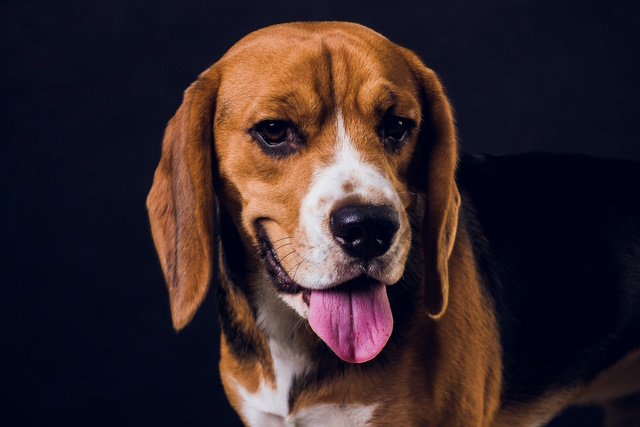
photo by Depositphotos
Tips for Capturing the Perfect Shot
Taking a great pet portrait photo takes skill, patience, and a little bit of creativity. Here are some tips to help you capture the perfect shot:
1. Prepare the pet and the owner for the photo shoot
Preparing your pet and yourself for a pet portrait photo shoot is an important part of getting great results. Here are a few tips to help you prepare:
For the Pet:
- Make sure your pet is well-fed and has had plenty of exercise before the shoot.
- Give your pet a bath or groom them beforehand, so they look their best.
- Bring their favorite toys or treats to help keep them engaged and happy during the shoot.
- Make sure you have a few things available such as A leash and collar to keep your pet safe and secure during the shoot, Water, and a bowl to keep your pet hydrated and comfortable during the shoot.
For the Owner:
- Wear comfortable clothing that complements your pet’s coloring and won’t clash with the background.
- Be prepared to help your pet pose and hold their attention during the shoot.
- Relax and have fun! The more relaxed and comfortable you are, the better the photos will turn out.
By following these tips, you can help ensure that your pet portrait photo shoot is a success and that you end up with beautiful, lasting memories of your beloved furry friend.

Image by Eszter Miller from Pixabay
2. Prepare your shooting gear
When it comes to pet photography, you don’t need a lot of fancy gear to get started. In fact, some of the best pet photos are taken with a simple camera or even a smartphone. That being said, there are a few pieces of gear that can help take your photos to the next level.
Here are some options for the basic gear:
2.1. Camera:
Pets can be challenging to photograph because they move around a lot. Here are some tips to help you choose the right camera for pet photography:
- Consider using a DSLR or mirrorless camera because it allows you to use different types of lenses.
- Use a camera that has a manual setting to give you more control over the final image.
- Choose a camera with fast shutter speeds to freeze pet movement, and a high frame rate to capture more images per second and increase your chances of getting the perfect shot.
- A camera with animal-based face detection settings is a great option, it can help you focus on your pet’s eyes and face.
- Choose a camera with a burst mode option, so you can capture a range of poses and expressions without lifting your finger from the shutter button.
- If you’re using a smartphone, try using a special app that allows you to adjust manual camera settings.
- Choose a camera that has RAW format option for more flexibility in post-processing.
2.2. Lens:
When it comes to taking portrait photos, having the right lens is crucial. The lens you choose can affect the sharpness, depth of field, and overall look of your photos. It’s important to choose a lens that is specifically designed for portrait photography, or one that has the ability to capture portraits well. In my previous post, “what’s a good lens for portraits” I discuss what factors to consider when choosing a lens for portrait photography.
Here are some important things to keep in mind when choosing a lens for pet photography:
- Choose a lens with a wide aperture: A wide aperture (such as f/1.4 or f/1.8) will allow more light into the camera, which can be especially important when shooting in low-light conditions. A wide aperture will also create a shallow depth of field, which can help your pet stand out from the background and create a soft, blurry background.
- Use a lens with a focal length that suits your needs: The focal length of a lens will determine the angle of view and how much of the scene is captured in the frame. A shorter focal length (such as a 35mm lens) can be good for capturing wider shots of your pet and its surroundings, while a longer focal length (such as an 85mm lens) can be good for capturing close-up portraits of your pet’s face.
- Use a telephoto lens: Telephoto lenses (such as a 70-200mm lens) can be especially useful for pet photography because they allow you to capture photos from a distance without getting too close to your pet. This can be helpful if you want to capture natural, candid shots without disturbing your pet.
- Consider a lens with image stabilization: Image stabilization (also known as vibration reduction or optical stabilization) can help prevent camera shake and blur in your photos, especially when shooting with a longer lens or in low-light conditions.
For more detailed information about portrait lenses, you may check the following posts:
- Best Canon Lenses For Portrait Photography
- What Is The Best Portrait Lens For Nikon? – The Top 5!
- Best Lens For Portrait Photography – Third Party Lenses
2.3. Tripod:
A sturdy tripod can help you keep your camera steady, especially if you’re shooting in low light or using a slower shutter speed.
Remember, the most important thing is to have fun and be patient with your pet. With a little creativity and some basic gear, you can capture beautiful and unique photos of your furry friend.
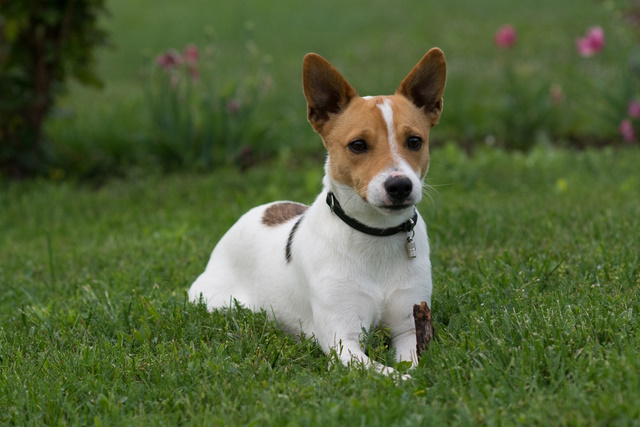
photo by Depositphotos
3. Pay attention to lighting
Natural light is best for pet photography, so try to take photos outside. And avoid using flash, as it can startle or scare pets. Make sure the lighting is even and not too harsh, as this can create harsh shadows or overexposure.
When taking photos of a pet in a studio, lighting is one of the most important factors to consider. Professional photographers use softbox or umbrella lights to create a soft, even light that will minimize harsh shadows on the pet’s face. They also use a reflector to bounce light onto the pet’s face and fill in any shadows that may still be present.
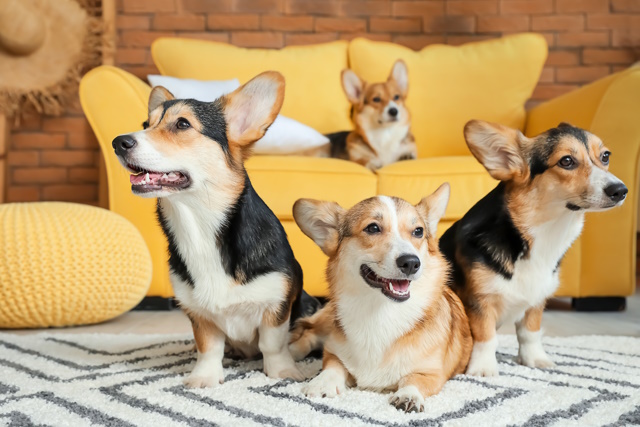
photo by Depositphotos
4. Use poses that work well for pets
Finding the right poses can make all the difference. Here are some poses that work well for pets:
-
Sitting pose
This is a classic pose that works well for pets of all sizes. Have your pet sit and look directly at the camera, or slightly off to the side. Use a treat or toy to help keep their attention.
-
Laying down pose
This pose works well for pets that are more relaxed or sleepy. Have your pet lay down on their side, with their head up or resting on their paws.
-
Action pose
If your pet is more energetic, try capturing them in action. Throw a ball or toy for them to chase, or have them run towards the camera. This can create a more playful and dynamic photo.
-
Close-up portrait
Take a close-up shot of your pet’s face, focusing on their eyes and expression. This can create a more intimate and personal photo. Use a high-pitched tone of voice or make noises to grab their attention.
-
Group pose
If you have multiple pets or want to include yourself in the photo, try a group pose. Have everyone sit or stand close together, with the pets in the front.
5. Get the pet’s attention
Getting your pet’s attention is key to capturing a great pet portrait photo. Here are some tips to help you get your pet’s attention:
-
Use treats or toys
- Use a treat or toy to get your pet’s attention and keep them focused on the camera.
- Make sure to reward them after each successful photo, so they stay engaged and interested.
-
Use a high-pitched tone of voice
- Use a high-pitched tone of voice to grab your pet’s attention.
- Say their name or make a noise that they respond to, such as a whistle or a click.
-
Make funny noises
- Make funny noises, such as animal sounds or silly sounds, to get your pet to look at the camera.
- This can also help to capture a more playful and fun expression.
-
Have someone else help
- If possible, have someone else help to keep your pet’s attention.
- They can hold a toy or treat near the camera, or make noises to get your pet to look in a certain direction.
Remember, getting your pet’s attention takes patience and practice. Don’t get frustrated if it takes a few tries to get the perfect shot. Keep trying different techniques until you find what works best for your pet. And most importantly, have fun and enjoy the process!
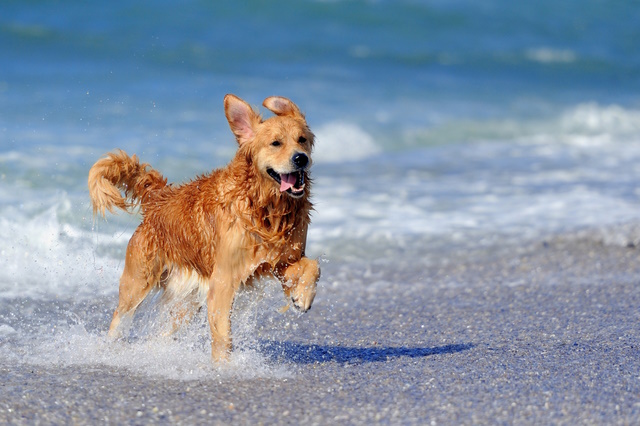
photo by Depositphotos
7. Be aware of the background
The background in pet photography plays a significant role in the final outcome of the photo. It can add depth, texture, and interest to the photo, or it can be a distraction that takes away from the pet’s appearance. Therefore, it’s important to choose the right background that complements your pet’s appearance and enhances the overall aesthetic appeal of the photos. Here are some important points to keep in mind:
- Choose a background that complements the color of your pet. If your pet has a lighter fur color, then choose a darker background, and vice versa.
- Keep the background simple and uncluttered to avoid distracting the viewer’s attention from the pet.
- You can also use props or textures to add visual interest to the background. For example, a wooden fence can make a great background for a pet photo, or you can use a textured blanket or rug to add some depth.
- Avoid using busy or patterned backgrounds as they can take away from the pet’s appearance and make the photo look cluttered.
- Keep in mind the location where you will be taking the photo. If it’s outdoors, then look for a spot that has a clean and simple background, and avoid areas that are too busy or cluttered.
- If you’re shooting indoors, then choose a neutral-colored wall as the background or create a DIY backdrop.
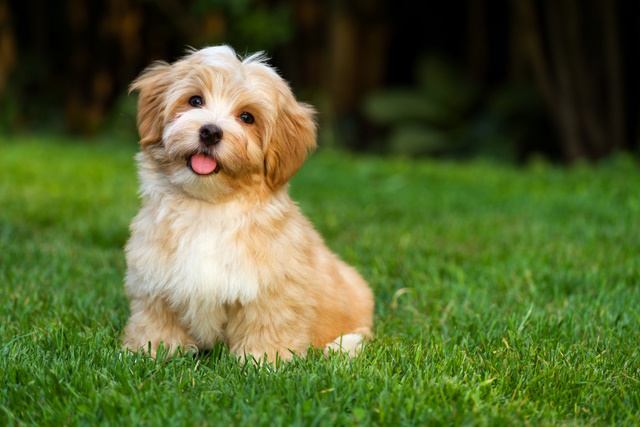
photo by Depositphotos
8. Experiment with different angles and compositions
Experimenting with different angles and compositions can greatly enhance your pet photography skills. Here are some tips to help you get started:
-
Get down to your pet’s level:
This will give you a more intimate perspective and capture your pet’s personality.
-
Try different perspectives
Take photos from above, below, and at eye level. This will give you a range of different shots to choose from.
-
Use the rule of thirds:
One of the well-known composition rules is the rule of third. It means you divide the frame into thirds both horizontally and vertically, and place your pet at the intersection points. This can create a more balanced and visually appealing composition.
-
Play with negative space:
Sometimes, leaving some empty space in the frame can draw more attention to your pet and make them stand out.
-
Experiment with different lenses:
Wide-angle lenses can create a fun and playful look, while telephoto lenses can capture close-up details and create a more intimate feel.
-
Use props or natural elements:
Incorporating toys, blankets, or natural elements like flowers or leaves can add interest and texture to your photos.
9. Post processing you photos
9.1 Basic Editing
After you’ve taken your pet portrait photos, it’s time to edit them to make them look their best. Here are some basic editing techniques to get you started:
- Cropping: Use the crop tool to remove any unwanted elements from the photo. This can help to focus the viewer’s attention on your pet.
- Adjusting brightness and contrast: Use the brightness and contrast tools to adjust the exposure of your photo, this can help to bring out the details in your pet’s fur and make the photo look more vibrant.
- Removing blemishes: Use the spot healing tool to remove any blemishes or imperfections in the photo.
- Adjusting color balance: Use the color balance tool to adjust the color tones in your photo. This can help to make your pet’s fur look more natural and true to life.
- Sharpening: Use the sharpening tool to make your photo look more crisp and defined. Be careful not to over-sharpen, as this can create a harsh and unnatural look.
These are just basic editing techniques to get you started. As you become more comfortable with photo editing, you can experiment with different tools and techniques to create your own unique style. And always remember to save a copy of the original photo before making any edits, just in case you need to start over.
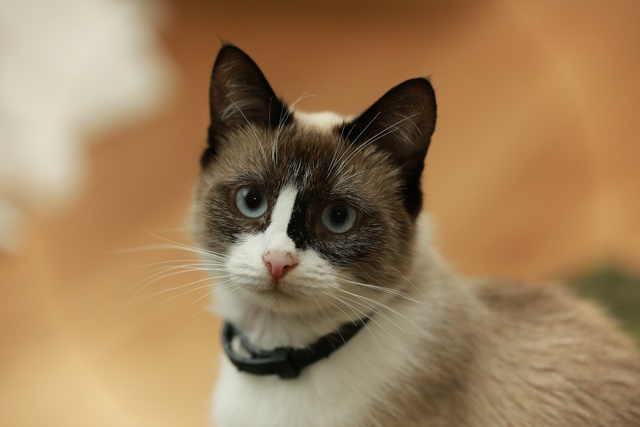
photo by Depositphotos
9.2 Enhance the pet’s features
Enhancing your pet’s features can take your pet portrait photos to the next level. Here are some tips for enhancing your pet’s features:
- Brightening the eyes: Use the dodge tool to brighten your pet’s eyes and make them look more vibrant. This will draw the viewer’s attention to your pet’s face.
- Adding highlights to the fur: Use the dodge tool to add highlights to your pet’s fur. This can help to create a more dimensional and textured look.
- Enhancing the color of the fur: Use the saturation tool to enhance the color of your pet’s fur. Be careful not to overdo it, as this can create an unnatural look.
- Smoothing out fur and skin: Use the blur tool to smooth out any rough or uneven areas of your pet’s fur or skin.
- Adding a vignette: Use the vignette tool to darken the edges of the photo and draw the viewer’s attention to your pet. This can help to create a more dramatic and impactful look.
Enhancing your pet’s features should be done subtly and with care. The goal is to make your pet look their best, while still maintaining a natural and authentic look. And always remember to save a copy of the original photo before making any edits, just in case you need to start over.
9.3 Consider using filters and effects
Using filters and effects can be a fun way to add some personality to your pet portrait photos. Filters can change the color tone, contrast, and overall mood of your photo, while effects can add interesting textures and overlays. However, it’s important to use these tools in moderation and not to rely too heavily on them. The goal is to enhance your pet’s features and create a beautiful and natural-looking photo. So, feel free to experiment with filters and effects, but always keep in mind the overall look and feel you’re trying to achieve.
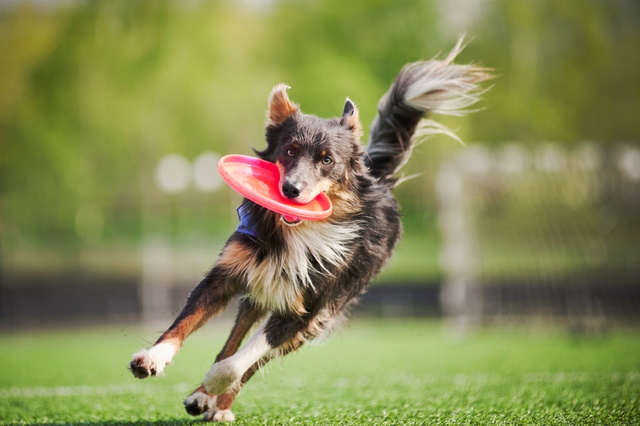
photo by Depositphotos
10. Display and Share your Pet Photos
10.1. Creative ways to display pet photos
Once you have taken some great photos of your pet, it’s time to display them! Here are some creative ways to showcase your pet portrait photos:
- Framed Prints: A classic way to display photos, framed prints can be hung on walls or placed on shelves or tables.
- Canvas Prints: Canvas prints add a more artistic touch to your pet’s photo and can be hung like traditional prints or displayed on easels.
- Photo Books: Photo books allow you to compile multiple pet photos into a beautiful book that can be kept on a coffee table or bookshelf.
- Phone Cases and Accessories: Many companies offer custom phone cases and other accessories featuring your pet’s photo, such as mugs, keychains, and even socks!
- Collages: Create a collage of your pet’s photos using a digital platform or by printing and arranging them on a board or wall.
- Gallery Walls: Group a collection of framed or canvas prints together on a wall to create a gallery-style display.
Remember to choose a display option that best suits your personal style and home decor. And don’t forget to showcase your pet’s personality and unique traits in your chosen display method!
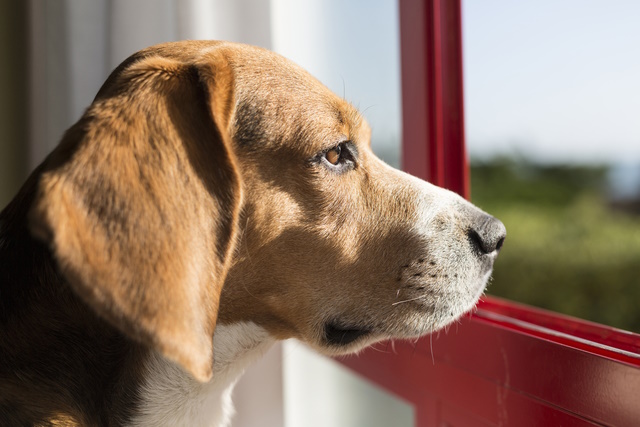
photo by Depositphotos
10.2. Share photos with family and friends
Sharing your pet photos with family and friends is a great way to spread joy and love for your furry friend. You can share your photos on social media platforms or even print and send them as gifts or cards. Just make sure to respect your pet’s privacy and safety by not sharing any sensitive information.
Conclusion
In conclusion, pet portrait photography is a fun and rewarding way to capture the unique personality and beauty of your furry friend. By following the tips and techniques we’ve discussed, you can take amazing photos that you’ll cherish for years to come. Remember, the key to success is patience, practice, and a little creativity.
Here are some of the key takeaways from this article:
- Preparation is key, both for your pet and for the photo shoot itself.
- Keep it simple and focus on your pet’s unique features and personality.
- Use natural light and experiment with different angles and compositions.
- Basic editing techniques can help enhance your photos but don’t overdo it with filters and effects.
- There are many creative ways to display your pet photos, from photo books to canvas prints.
- Sharing your photos with family and friends is a great way to celebrate your furry friend and spread some joy.
So go ahead and grab your camera (or phone) and start snapping away! With a little practice and patience, you’ll soon have a collection of beautiful pet photos that you’ll treasure for years to come.
Related posts
How To Take Awesome Photos Of Your Pets?
What Is A Good Lens For Portraits
Thanks for reading, I hope you enjoyed the article, in case you have any questions just drop them below & I will be happy to answer you.
The featured photo by Depositphotos
If you enjoy the site, don’t forget to subscribe, we will only inform you when a new article is posted.

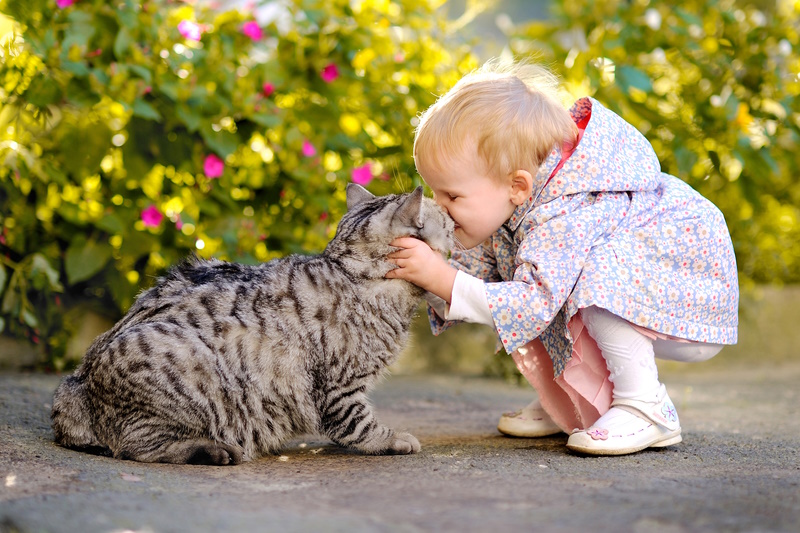






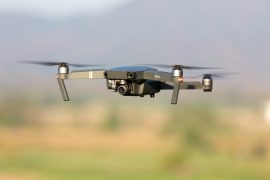

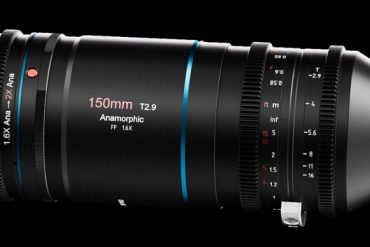
You have some great tips in this tutorial Amin covering pet portrait photography. I remember as a kid having photos taken at the Olan Mills studios there would often be people to bring their pets along for inclusion for photos with the family. Your article will help those who would like to highlight their pets in a similar way, especially since many pet owners consider them to be their “children.”
Our pets are important to us and capturing them in these type photos will keep their memory alive longer and more vivid than otherwise would be the case.
I take to heart your instruction to properly prepare the gear for the shoot just as the pet and owner.
Thank you for your kind words about my tutorial on pet portrait photography. I’m glad to hear that you found the tips helpful and that they will be useful for pet owners who want to capture their furry friends in a special way. I understand the importance of preserving memories, and pet portrait photography is a great way to do that. Proper preparation is key to a successful shoot, and I’m happy to hear that you took that instruction to heart. Thank you for sharing your thoughts!
As I sit here reading your post my cat is sitting in my lap trying to help me type. There is no question as a pet owner we are constantly trying to get that perfect shot. You offer some great tips on how to improve my personal pictures of my pet but have also given some great reasons to go to a professional. I’ve considered it in the past but usually convince myself it would be a waste of time. After reading your article, I definitely see the value of professional photography for pets. Thanks Brian
Thank you for your comment, Brian! I’m glad to hear that my article was helpful to you in understanding the value of professional pet photography. While it’s true that as pet owners, we often try to capture the perfect shot of our furry friends, there are certain limitations to what we can achieve on our own.
Professional pet photographers have the expertise, equipment, and experience to capture stunning images of your pet that you’ll cherish for years to come. I’m happy to hear that my tips on improving your personal pet photography were helpful as well. Don’t hesitate to reach out if you have any further questions or concerns. Best of luck with your pet photography!